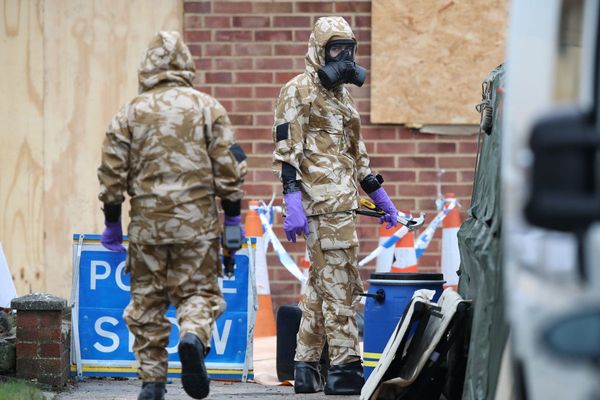
Household energy bills are already at high levels. (Andrew Matthews/PA)
(Picture: PA Wire)Households in outer London are likely to see higher energy bills than those in inner London due to poor energy efficiency, according to a new analysis.
With bills set to soar from April 1 as a 54 per cent energy price cap rise takes effect, Trust for London has published an analysis of domestic energy performance certificates in London between 2008 and 2021.
Energy performance certificates provide a rating of a property’s overall energy efficiency in order to give would-be buyers or renters an estimate of how much it would cost to run a property. Ratings are broken down into seven bands, from A to G-with A representing the most efficient homes and G the least efficient.
Trust for London’s analysis has revealed that, on average, properties in outer London are far less energy efficient than those in inner London, meaning households could be paying more in energy bills.
Homes in Richmond-upon-Thames and Kingston-upon-Thames had the lowest average energy efficiency ratings in Greater London with average ratings of 62.0477 and 62.0974 respectively, putting them in Low Band D.
Other outer London boroughs including Croydon, Havering, Enfield and Harrow also had Low Band D energy ratings, meaning bills are likely to be higher.
The best performing borough for household energy efficiency was Tower Hamlets, where homes have an average energy efficiency rating of 73.4780 which is High Band C. Southwark, Greenwich and Hackney all fall into the Low Band C range.
According to the analysis, the trend is likely due to the age of properties in outer London being older and therefore less likely to be as well insulated. The boroughs that performed the best were those that are “new-build heavy”.
Trust for London also said that city centres are more likely to score better for energy efficiency as the higher population densities mean they are more dominated by flats, which benefit from “natural insulation” including surrounding properties and modern design.
The one outlier is Kensington and Chelsea which, despite being an inner London borough, scored a Low Band D for average energy efficiency.
As the energy price cap rises from Friday, many households will be feeling the pinch as the cost of living crisis worsens.
Mayor of London Sadiq Khan announced on Friday that Londoners experiencing financial hardship would be able to access practical advice and support from a new City Hall cost of living hub.
Mr Khan said: “I am deeply concerned about the impact that the soaring cost of living is having on Londoners. The increase in the energy price cap poses a significant challenge, especially to those on lower incomes whose energy bills are likely to take up a larger share of their outgoings.
“There is a clear and urgent need for Londoners to be able to access practical financial advice which could help them navigate this difficult period. I hope that anyone who is struggling will find the new Cost of Living Hub to be a useful resource.”
The hub will signpost Londoners towards any support they may be eligible for such as pension credit for older people or disability benefits for those who are disabled. It will also provide debt management advice and mental health support.
Those who are on low incomes and either rent privately or own their own home may be eligible to apply for support from the mayor’s Warmer Homes Programme, which provides grants of between £5,000 and £25,000 to improve heating and ventilation.
Successful applicants may receive support to install heat pumps, insulation or repairs to their heating system, all of which can improve a property’s energy efficiency and reduce bills.
Details of the Warmer Homes Programme are available online or on the cost of living hub.







